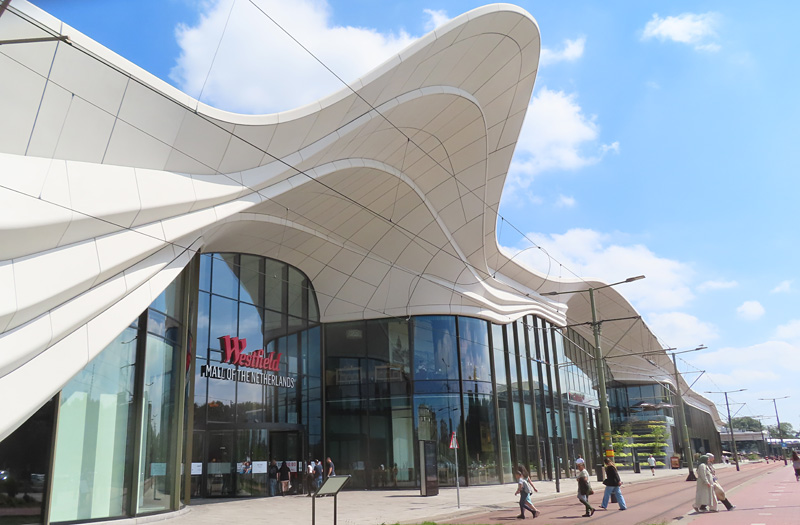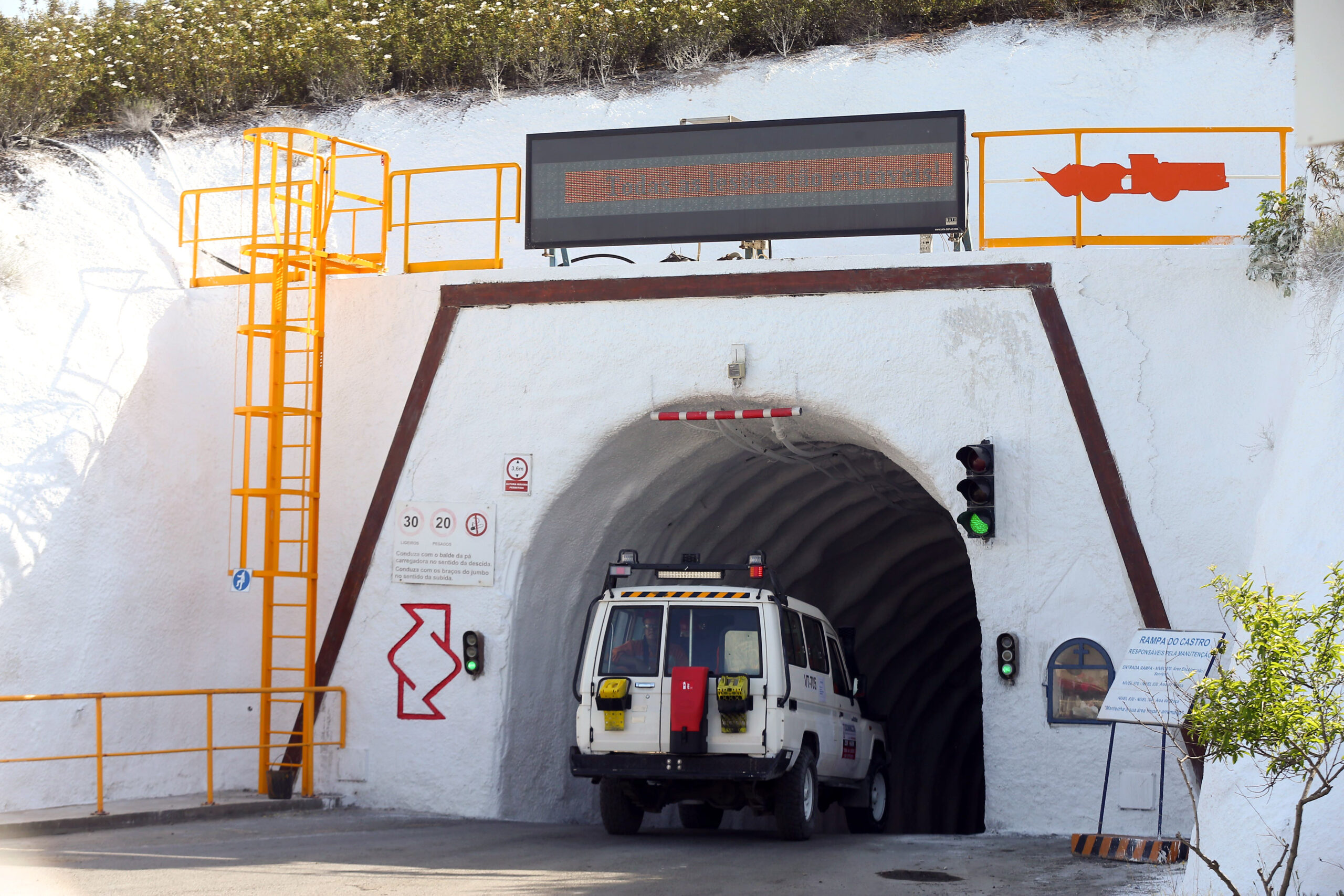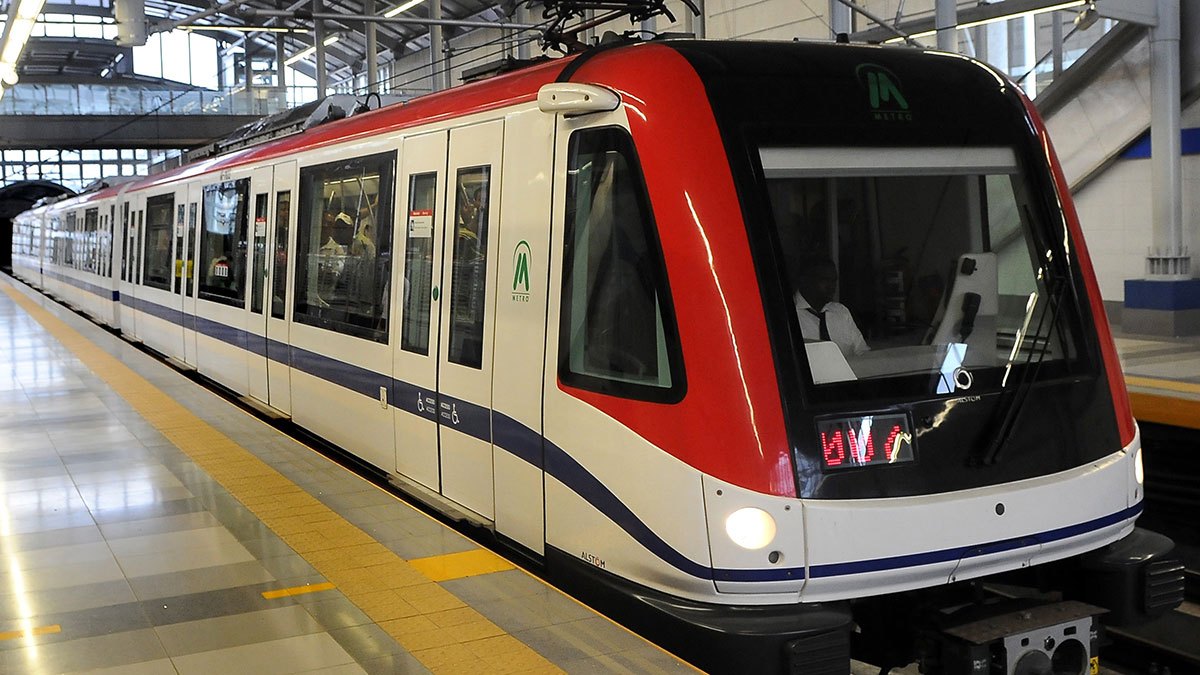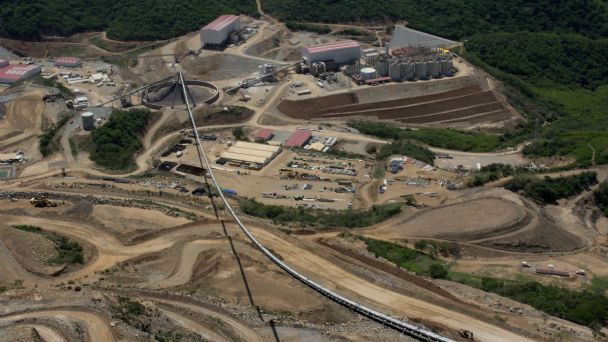
In the coming five years, it is believed that Riyadh, the ancient capital city of Saudi Arabia, will become the biggest city in the Middle East after Istanbul, reaching a population of 10 million. The arrival of its metro in 2018 is well timed then, promising to create a far more fluid transport system in this burgeoning city.
A metro has long been mooted for Riyadh, but things really picked up in 2012, when a tender for the project development got underway. Hundreds of serious international construction and engineering companies put their names forward, with a consortia of international companies including Bechel, Larson and Samsung eventually winning the tender.
We took a look at the soon-to-open project, which is the largest ongoing transport infrastructure in the Middle East by some distance. As the world’s most up-to-date metro system, it is also arguably the world’s most modern, taking advantage of a large investment, significant advances in technology and a youthful, mobile population.
In total, the budget for this mammoth project comes in at around US$22 billion, making it one of the top 10 infrastructure projects in the world. As it nears completion, we thought it a good idea to look more closely at some of the reasons why this is not just one of the world’s biggest infrastructure projects, but also one of the most fascinating.
Project Parameters
The parameters of the Riyadh Metro are astonishing, even when the budget is considered; The total excavation involved is 4.9 million cubic metres, while 387,000 tonnes of steel will be used in the project. Other staggering figures include 300 kilometers of diverted utilities, including water (42 kilometres), power (168 kilometres) and telecoms (37 kilometres).
When finished in 2018, the statistics show that the Riyadh metro will be the longest in the Middle East, even surpassing the Cairo metro for length, with its 85 kilometres of new track. In addition, it will work in tandem with three lines of bus rapid transit (BRT), all integrated and colour-coded to makes passengers’ journeys as efficient as possible.
The system will feature 85 air-conditioned and wi-fi enabled stations, many of which are integrated with bus terminals, and creating business hubs in themselves. All of the trains are electric and unmanned, making it the first of its kind in the world on this scale - shuttling around 1.16 million people a day, quickly rising to 3.6 million people.
Most importantly, from the point of view of functionality, the metro will link important hubs such as the King Khalid International Airport, the King Abdullah financial district, all of the cities’ main universities, the downtown area and all the major public transport hubs. Many of the stations will use solar powered technology to generate their electricity.
Sustainability
The fact that the Riyadh metro is fully electrified means that the project has the opportunity to make a highly positive impact on carbon emissions in the city. Projections show that the project will reduce the number of car trips made in the city by around a quarter of a million trips each day, equivalent to around 400,000 liters of petrol each day.
In total, the project aims to change public transport’s share of journeys in the city from a little over 2% currently to over 20% when finished. This has an economic divided for the city as well as an environmental one: It will contribute an estimated US$320 million a year to the local economy, generating significant employment opportunities for local communities.
On the topic of employment, construction of the Riyadh Metro has created approximately 43,000 jobs spread across 30 nationalities - contributing to the diversity of the city. After all, contributing to the long-term vibrancy of the city is what the project is all about, and every effort has been made to engage all stakeholders.
Eng Alwalid Al Ekrish, Director of Construction for the project is keen to emphasize this, noting: “The task is huge in dealing sympathetically with questions and enquiries, and complaints, and providing workable solutions. This involves constant engagement at the personal level with the public and through social media in meetings and explaining what traffic detours would mean in terms of access and urban impact and the duration of the works.”
Project Partners and Suppliers
Delivering a project of this size involves an extraordinary level of cooperation and considerable expertise, as shown by the requirement for 3 different consortia working on the project. The aforementioned 43,000 construction workers represent a broad swathe of companies, both local and international. Name checking them all would occupy a magazine in itself, but we can mention a few here.
In the construction phase, Mohammad Abdullah Alareedh Ltd.Co has provided much of the heavy equipment required, including the EREX AC700, a telescopic boom mobile crane. ALAREEDH, another local firm, carried out internal rigging and lifting studies to ensure that the lifting processes involved - and there were many - were performed to the strictest standards of safety.
Ulma construction in alliance with Attieh, an official partner of the Metro in Saudi Arabia, provided comprehensive formwork and scaffolding systems for the most important infrastructure involved in the project with concrete being provided by Eastern Precast Concrete. The Arab Center for Engineering Studies (ACES) also provided insight into the complex engineering specificities in construction.
Further upstream, companies such as Siemens, Blakely Electric, Larsen & toubro performed various tasks on the huge technology side of the project. Traffic management has been looked after by Sets International while finally, Germany’s DHL will deliver 47 Bombardier trains sets from a production site in Sahagun.
2018: A Landmark Year in Saudi Arabia
If the statistics outlined in this article for the project weren’t dramatic enough, here’s another: when completed in 2018, the construction time for the Riyadh Metro will only have been 5 years. This is a remarkable achievement, given how long (and often over budget) projects like these come in at. Saudi Arabia is clearly in a rush to make progress.
When the Local Development Authority - the ADA - took on 230 graduate interns in late 2017, it was a firm indication of their future plans for the metro: It will be an integral part of Riyadh life for the coming generations. In years to come, they’ll look back at 2018 as a landmark year in the development of the city and the country.
Researched by Maria Cobano
DOWNLOAD
 Riyahd Metro - ME - Dec 17_0.pdf
Riyahd Metro - ME - Dec 17_0.pdf














